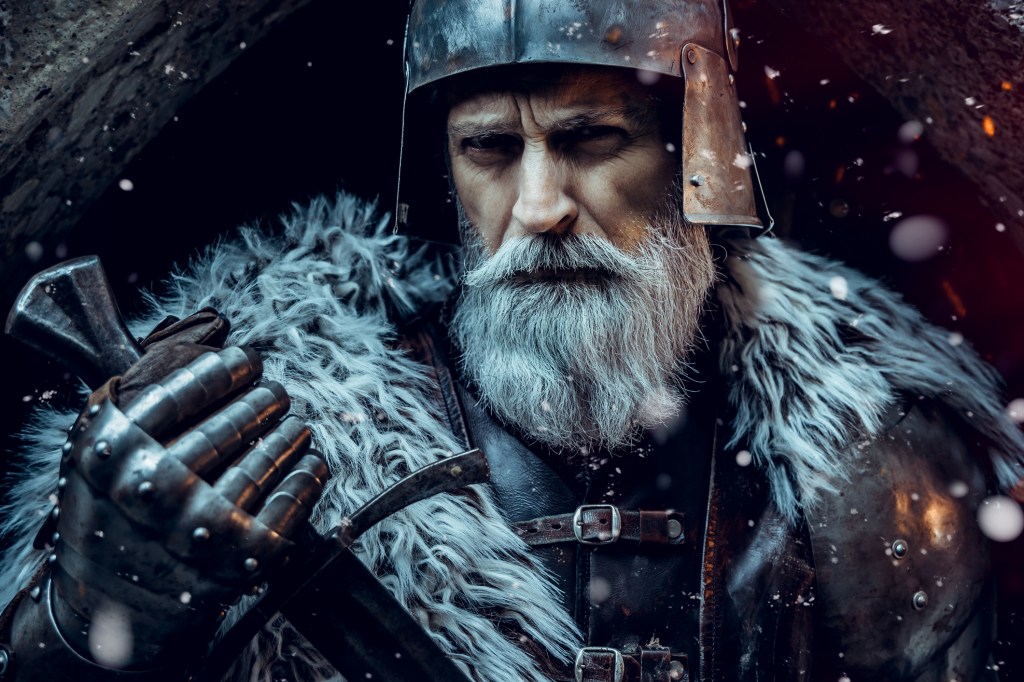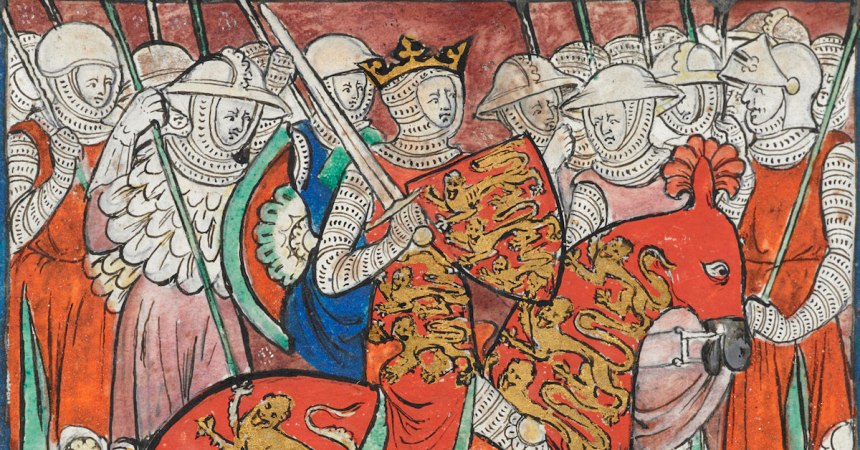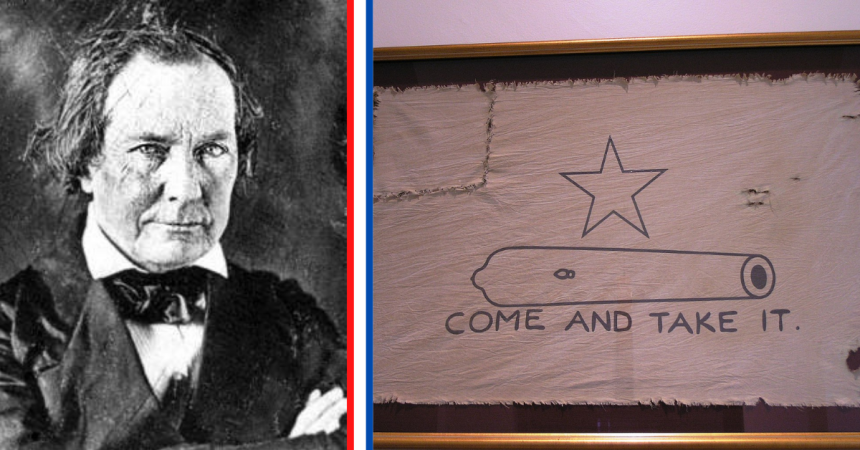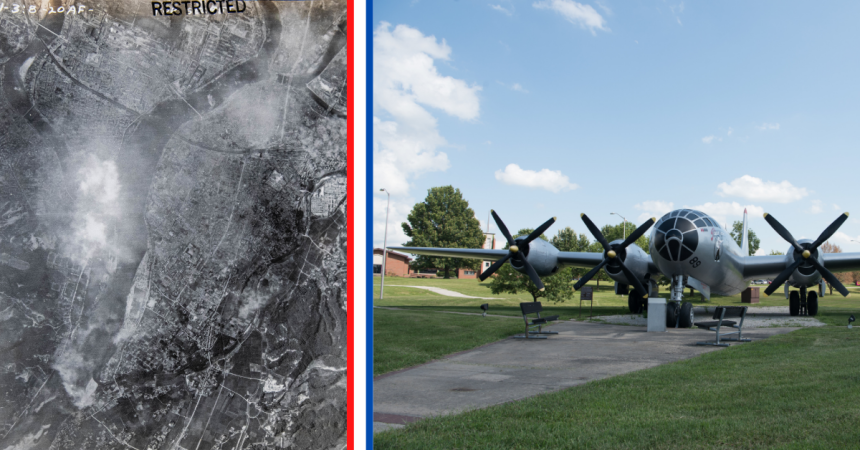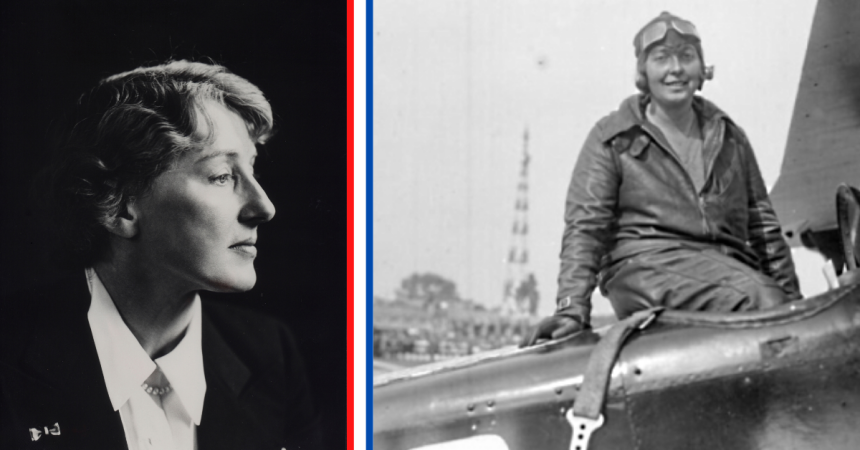In the United States today, we have the right to bear arms. It’s a right afforded to us by the Constitution, but it’s not a requirement – and the arms we bear definitely don’t have to be based on what we can afford. Imagine Bill Gates and Elon Musk leading a flight of F-35 Joint Strike Fighters with Warren Buffett and Jeff Bezos. In medieval England, that was not the case.
The Assize of Arms Law of 1181 was issued by King Henry II, requiring the free men of England to do just that. It not only stipulated that the men must acquire arms, but that those arms should be based on rank and wealth. The principle of the idea, however, was pretty much the same.
America’s Second Amendment right was based on the idea that individual states required a “well-regulated militia” to defend their neighbors’ other amendment rights. The English Assize of Arms was based on the Anglo-Saxon fyrd, a mobilized army of citizens who would defend the estate of whatever master they served.
Unlike the fyrd, however, Americans were more concerned with a return of the British Empire, while the Anglo-Saxons were more concerned with Viking raids. Luckily the Viking threat has not surfaced in North America for some time.
Back in the 12th Century, of course, they didn’t have the seemingly unending number of weapons options we have today. Those were simpler times in many ways, but especially when it came to ways of slashing, hacking, or piercing enemy invaders.

The law actually laid out the exact bare minimum of weapons men of medieval England had to purchase for themselves. Knights required armor, shields, and lances. Freeholders (property owners) had to own a lance and a shirt of mail, while poorer people needed just a lance and an iron helmet. When it came to armor, the poor were only required to have a padded jacket – but anyone who’s seen medieval war movies knows that the bare minimum isn’t recommended.
Some skeptics (who are also well-versed in the history of medieval England) reading this might argue that England had no need for bands of militia since the island hasn’t been conquered since 1066. People who are better at math would point out that 1181 is little more than a hundred years after the Norman conquest of England, and that memory would be pretty fresh in Henry II’s mind.
Henry was a Norman king, and although the Normans didn’t have the same rigid social and political structure that would come into place during Henry II’s reign, there’s likely a good reason for that. The Plantagenet line that Henry started was probably bent on ensuring no one does to them what the Normans did to the Anglo-Saxons – which was, slaughter them repeatedly in battle after battle.
Henry II actually didn’t need to defend England all that much. Most of his reign after 1181 was focused on fighting his own sons in France, while his son John was getting his royal butt handed to him by the Irish. It must have been more than a little stressful because Henry II died of a bleeding ulcer in 1189.
The next real threat to the English throne wouldn’t come until 1215, when Henry’s son John was ruling the country. That threat came in the form of nobles – English nobles at the head of armies likely using the weapons they were legally required to own.

